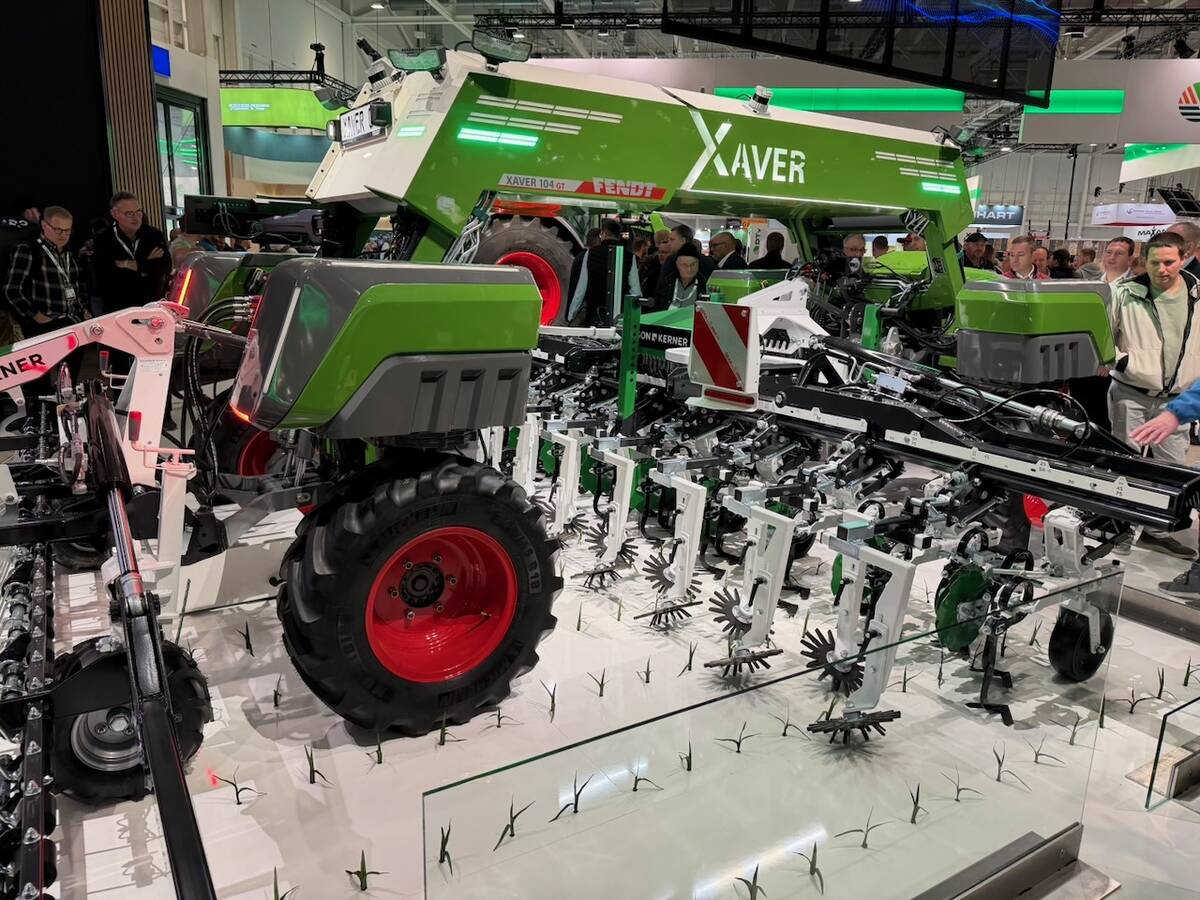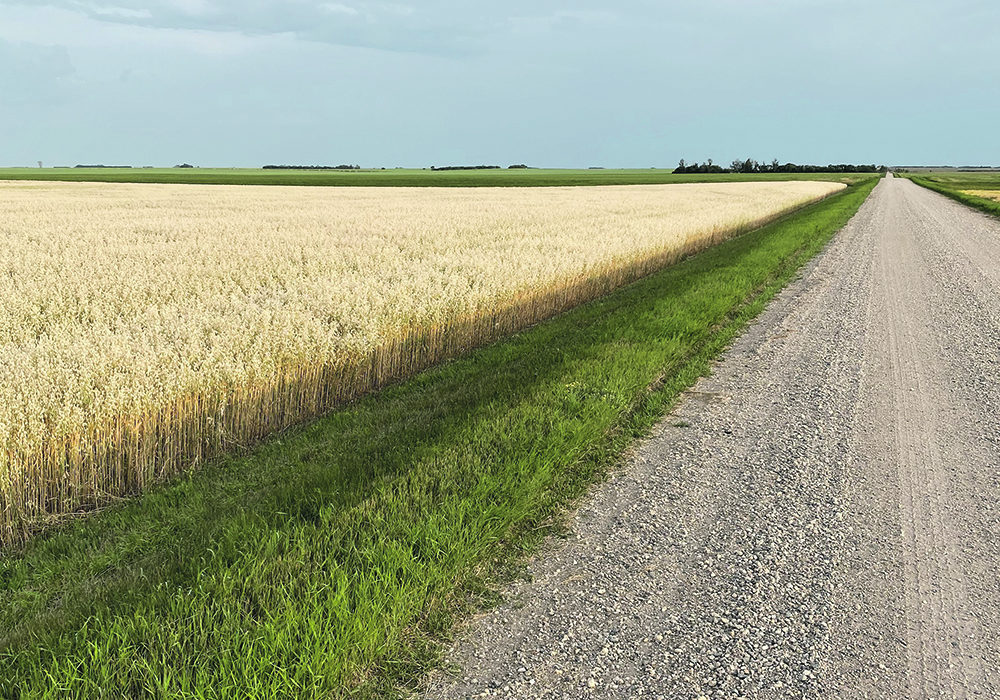Farm Credit Canada says how producers decide to acquire farmland will affect their operations for years down the road
Choosing whether to buy or rent land is a big decision.
But rather than just being one big decision, it’s a decision that will affect multiple decisions for years to come, and perhaps define the future of the farm.
That’s something Farm Credit Canada is reminding farmers about, with farmland prices soaring and land payments squeezing farmers’ working capital.
“When you make these decisions, you need to play the long game,” said Craig Klemmer, senior economist at FCC.
“Think of all the expenses involved in that expansion.”
Read Also

VIDEO: Agritechnica Day 4: Robots and more robots, Nexat loves Canada and the trouble with tariffs
Agritechnica Day 4: Robots and more robots, Nexat loves Canada and the trouble with tariffs.
There are a number of ratios farmers and lenders can use to assess the relative cost of renting and buying farmland.
One is the ownership value of farmland compared to the cost of renting it. FCC recently estimated that the cost of renting in Alberta to be about 2.2 percent of the purchase price, versus 3.3 percent in Saskatchewan, for instance.
Another measure is the percentage of a crop’s revenues required to pay for renting a piece of land versus making mortgage payments on it.
FCC analysis shows that the average cost of renting farmland in Canada is 20 percent of crop revenue, versus an average 32 percent to pay for buying it.
That’s a significant spread and fairly even across Western Canada, with the Alberta rental average at 16.8 percent, Saskatchewan at 14.6 percent and Manitoba at 14.1 percent. However, each province contains a huge spread, from a high of almost 30 percent to a low of 7.1.
The first financial impact farmers will face from the difference between buying and renting is the impact on working capital from having to make either rental or mortgage payments.
With a land purchase creating a multi-year liability, farmers need to consider how their working capital will be affected by the decision to rent or buy. What is affordable one year might not be affordable in a year with unexpected expenses or crop production problems. For farmers with a weak cash position, it can become a problem.
“You don’t want to be in the position where you can’t make your bill payments,” said Klemmer.
That can be especially true in the year of purchase.
“If you’re a young farmer and you’re going to use that working capital for a down payment, that might be a challenge for you,” said Klemmer.
However, renting versus buying can have a profound impact on many other decisions in future years, some of which will affect the long-term development of the farm.
Money spent on land payments can consume money that could have been spent on machinery or other technology.
It can eat up the money needed for optimal input purchases.
Those opportunity costs affect how the farmer ends up farming the land base.
“I think it’s really important that people take a whole farm look at what they’re doing,” said Klemmer.
“It’s important that when you’re making these decisions, or you’re looking at an expansion of your operation, that you’re thinking of all the components. How do you protect the long-term viability of the farm?”
















